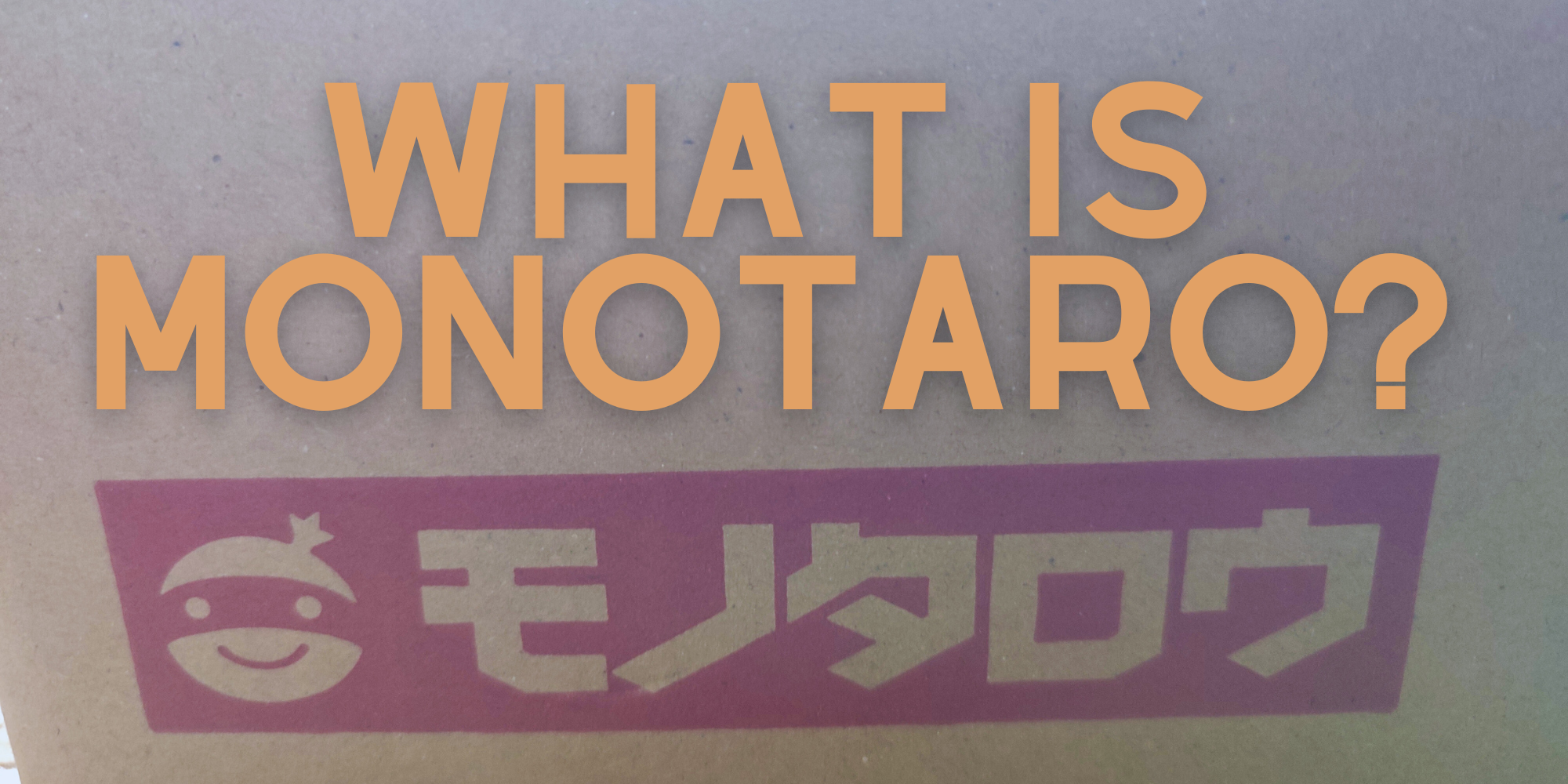When international travelers or long-term residents want to temporarily bring their own vehicle into Japan, the Carnet de Passages en Douane (CPD), also known as the vehicle carnet, is an incredibly useful international document. The vehicle carnet simplifies the customs process for temporarily importing vehicles into foreign countries. Japan participates in this system, making it easier to bring your car into the country using a carnet.
In this article, we will explain in detail how to use the vehicle carnet and the key points to consider when bringing your car into Japan.
What is a Vehicle Carnet?
The vehicle carnet is an international customs document designed to simplify the process of temporarily importing vehicles. It is used by international travelers and businesspeople when taking their vehicles to other countries. By using this carnet, standard customs duties and import taxes are temporarily waived. The vehicle carnet is highly convenient for those who wish to bring their cars for travel or short stays.
The vehicle carnet is typically used in the following scenarios
- Long-term travel: When you want to bring your own vehicle for extended journeys.
- Motorsports events: When you need to temporarily import a vehicle to participate in races or rallies.
- Business use or special vehicles: For vehicles used in business or for special purposes.
Using a Vehicle Carnet in Japan
Japan is one of the countries that adopts the vehicle carnet system, making customs procedures simpler when temporarily importing vehicles from other countries. This is particularly helpful for visitors planning extended road trips or for those bringing their vehicles to participate in races or exhibitions in Japan.
Situations for Using a Vehicle Carnet
- Touring and road trips: The vehicle carnet simplifies customs procedures for travelers who wish to freely travel around Japan in their own car.
- Motorsports events: When bringing race cars to Japan for participation in races or rallies, the vehicle carnet is an important document to avoid paying customs duties.
- Exhibitions and car shows: When exhibiting vehicles at international automotive events, the carnet allows for simplified import procedures without the need for full customs duties.
Steps to Using a Vehicle Carnet in Japan
If you wish to bring a car into Japan, follow these steps to use the vehicle carnet:
- Obtain the vehicle carnet: The vehicle carnet must be obtained from your home country’s automobile club or an authorized issuing agency before departure. To issue a carnet, you will need details about the vehicle and the owner’s information.
- Customs procedures: Upon arrival in Japan, you will present the carnet at customs and declare the temporary importation of the vehicle. Customs officials will verify that the information on the carnet matches the vehicle. It’s important to note that vehicles imported using a carnet cannot be sold or transferred within Japan.
- Vehicle management during your stay: Vehicles brought into Japan with a carnet are for temporary use only. During your stay, the vehicle must be properly maintained, and you must comply with Japanese traffic regulations. Upon leaving, the vehicle must be exported out of Japan.
- Re-export procedures: When your stay in Japan is over, you must re-export the vehicle. At departure, customs will again check the carnet to confirm that the vehicle has been exported. Completing these procedures is crucial for proving the vehicle’s exit from Japan.
Costs and Required Documents for Obtaining a Vehicle Carnet
There are some costs involved in obtaining a vehicle carnet, and the following documents are required:
- Carnet issuance fee: There is a fee for issuing a carnet, which varies based on the value of the vehicle and the duration of use.
- Security deposit: A deposit is required to guarantee that the vehicle will adhere to the carnet’s conditions during temporary importation. This deposit ensures that the vehicle is properly re-exported from Japan or other participating carnet countries. Once re-export is confirmed, the deposit will be refunded.
- Required documents: Vehicle registration certificate, insurance certificate, driver’s passport, and other related documents are necessary.
Driving Rules and Responsibilities for Carnet Holders in Japan
When driving a foreign-registered vehicle in Japan, it is crucial to follow Japanese traffic laws. The key rules for drivers are as follows:
- International Driving Permit (IDP): An international driving permit is required to drive in Japan.
- Vehicle insurance: You must have valid insurance for driving in Japan. Be sure to secure appropriate insurance coverage in case of an accident.
- Compliance with traffic laws: Japan has left-hand traffic, which may differ from the rules in other countries. Pay special attention to speed limits and parking regulations.
Conclusion
For those who wish to temporarily bring their own vehicles into Japan, the Carnet de Passages en Douane (CPD) is an extremely useful tool. Whether it’s for long-term stays, events, or exhibitions, the carnet simplifies customs procedures and avoids the hassle of paying import duties. However, it’s important to remember that re-export obligations and vehicle management during the stay are key factors. Proper preparation is essential to enjoy Japan’s beautiful landscapes by car.


![[Customer Story] Disassembling a Guitar to Save on International Shipping Costs](https://giftjapanese.com/wp-content/uploads/Bass-guitar_blog-03-400x250.jpg)
![[We Shipped It!] Nissan GTR Finisher Front Pillar Sent to Australia](https://giftjapanese.com/wp-content/uploads/Skyline-GTR-400x250.png)
![[Real Customer Story] How We Helped Return a Lost and Found Laptop and Tablet from Narita Airport to Overseas](https://giftjapanese.com/wp-content/uploads/How-We-Helped-Return-a-Forgotten-Laptop-and-Tablet-from-Narita-Airport-to-Overseas--400x250.png)




